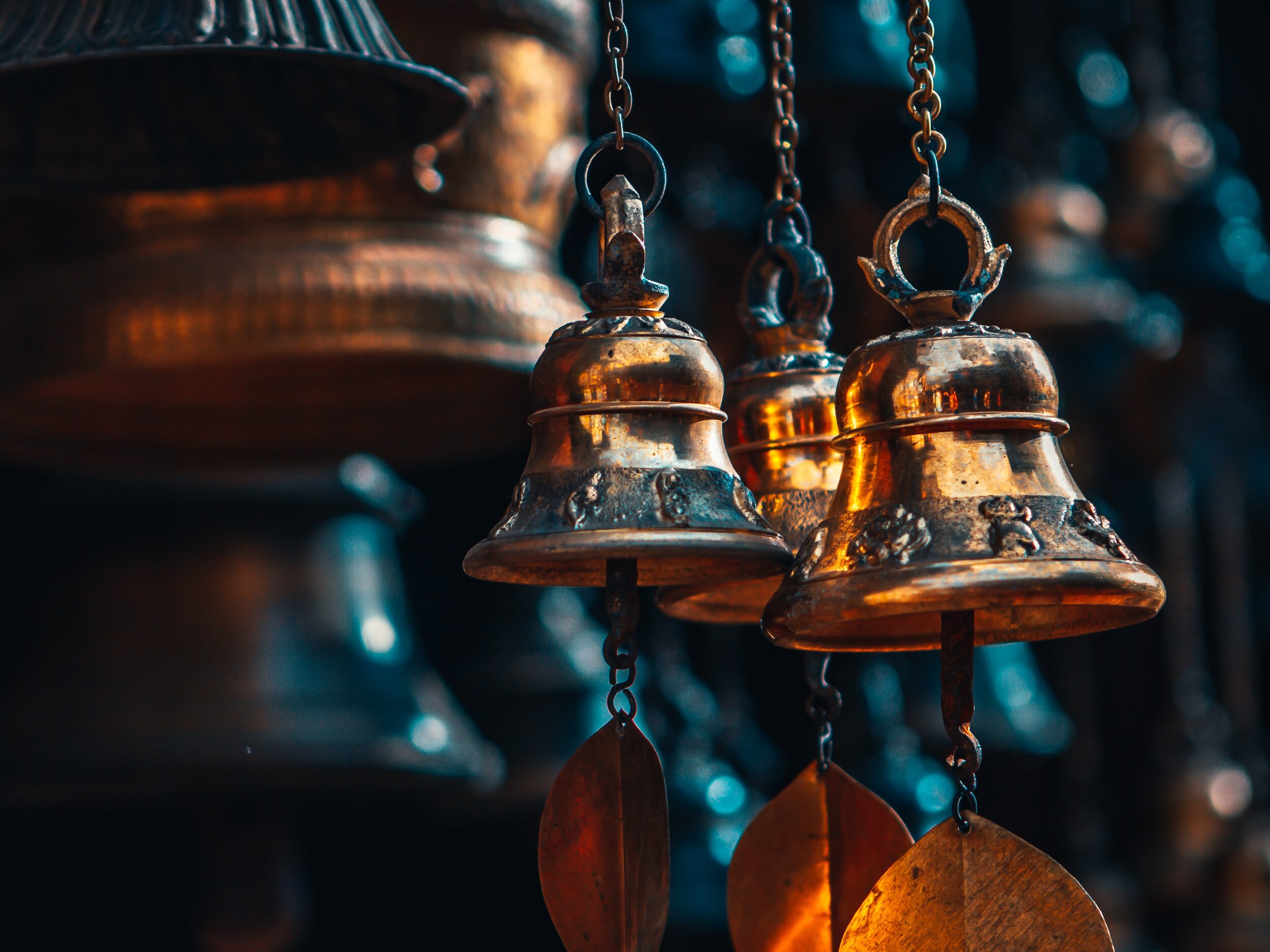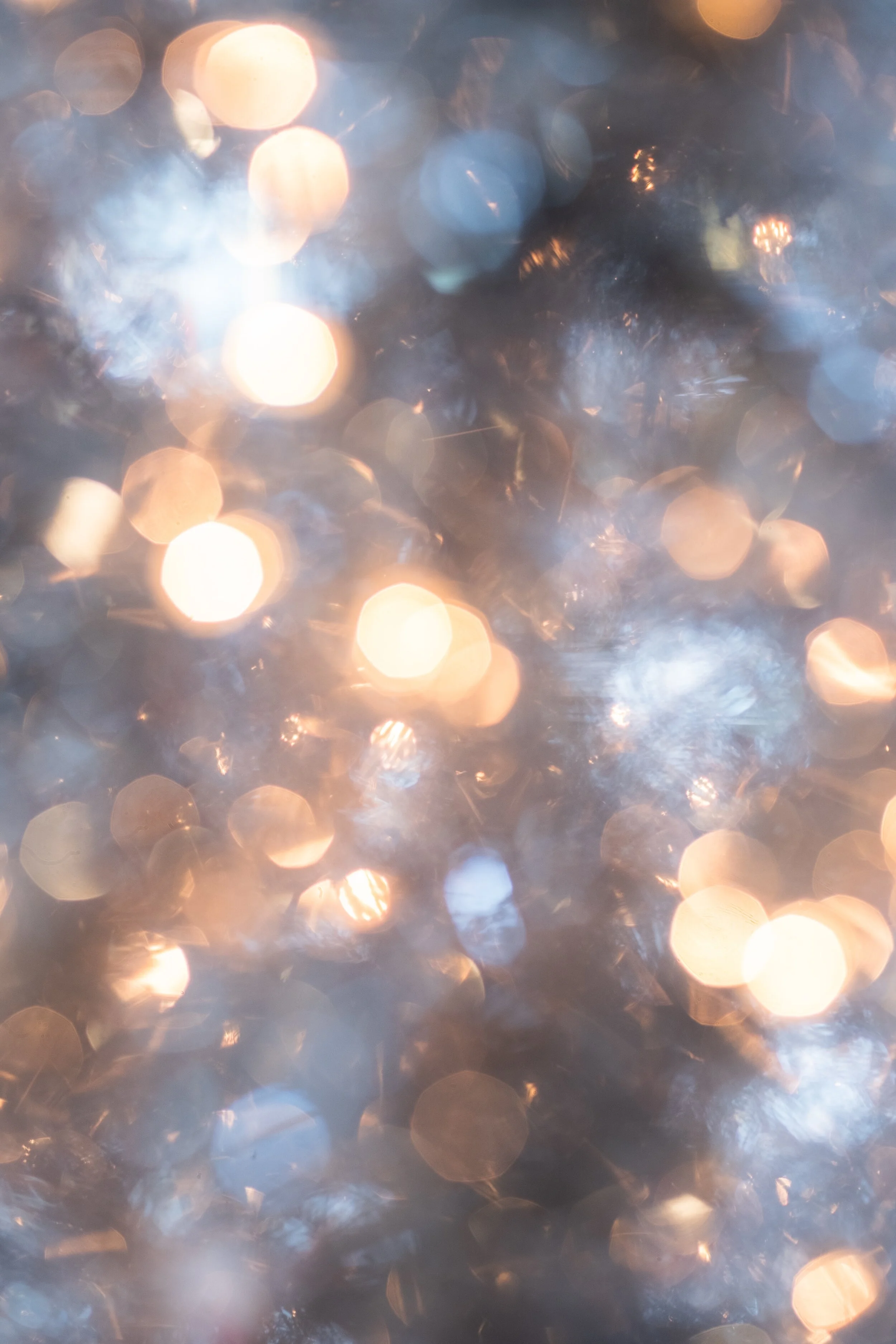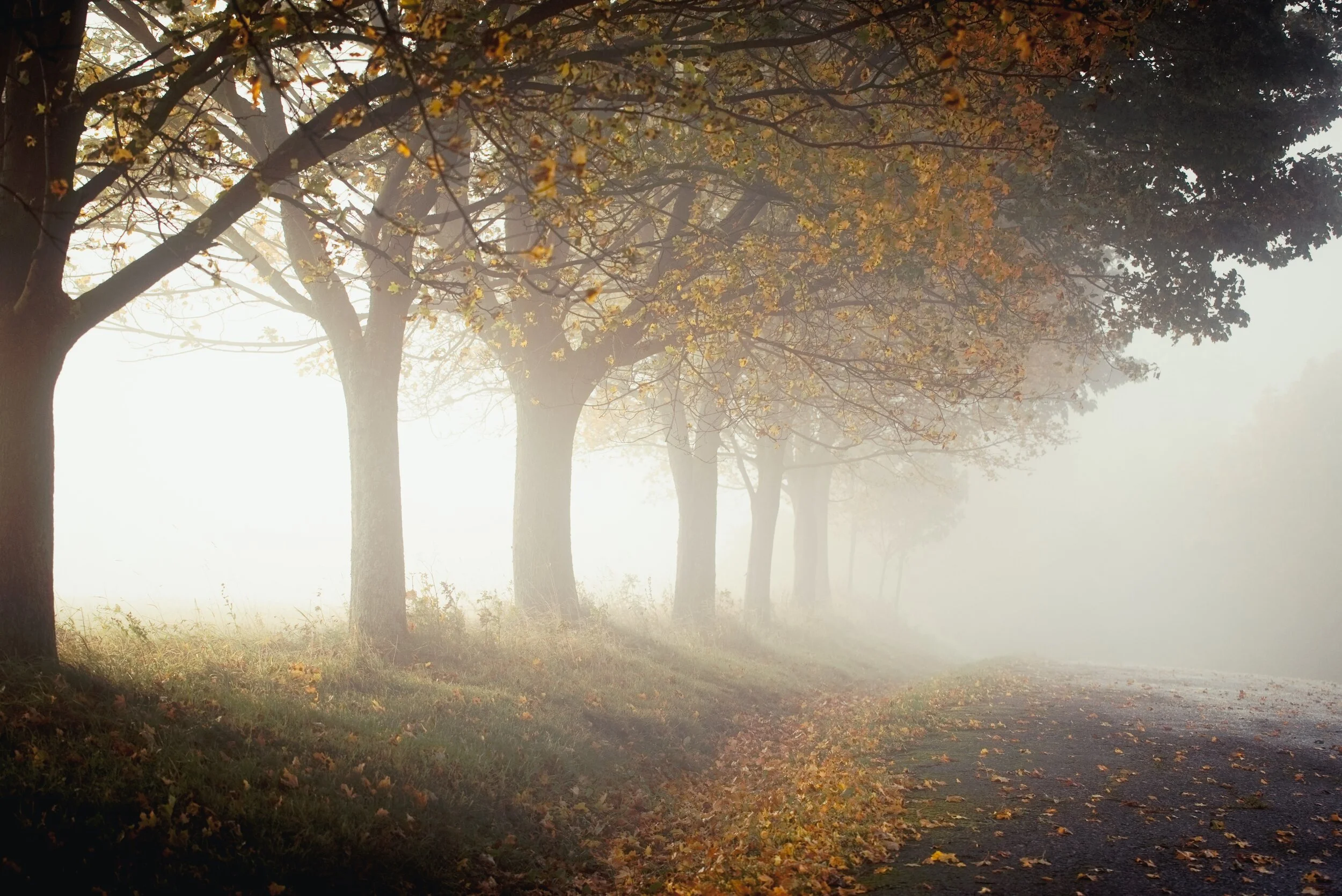You’ve probably already heard about the declining bee – and butterfly - populations in the world. Some of the causes include pesticides, destroying their natural habitat, air pollution, and global warming. Bees and some species of butterflies are in danger of being wiped out, and tech companies have already come up with “replacements”: robot insects that can pollinate plants… but wait a moment, are we really wanting to replace nature, instead of living more consciously? How about giving bees and butterflies a little boost by creating a garden with their favorite plants?
This way, not only will we enjoy fresh fruit and the sight of colorful flowers, but also create the ideal breeding conditions for bees and butterflies. Which are ever-so-important for the eco-system, and for guaranteeing we will have fruit and veggies in the future.
Which plants attract these important insects?
1. Alliums and chives
We know ‘em best from the supermarket – as an addition to cream cheeses, or just fresh. This delicious herb also surprises with its beautiful purple flowers. And for bees and butterflies it’s a true feast. They are a perennial herb – that means that they grow back each year. If you’re thinking of creating a herbaceous border (a collection of herbs arranged closely together creating a dramatic fusion of colour), then alliums and chives are your best bet. If you cut them back after the flowers fade, new ones will appear. Low maintenance and can be also planted on your balcony in a container.
2. Onions to cry for
Since chives hit the bees taste, why not Onions? Since the main form we see onions are the bulbs, most people are not aware that they bloom into white flowers. Which our fluffy and colourful insects looove. This process of onions blooming is called bolting (something we usually avoid if we are looking to harvest the bulbs alone). However, why not let them bloom in all their splendour?
3. Sedums
These plants are a true butterfly magnet. Another luscious perennial with thick, succulent leaves and clusters of star-shaped flowers. Even before the flowers bloom fully, sedums can attract many butterflies and bees at the same time. No wonder, since the plant is full of flowers. The most common type are the ruby red ones, but the white are just as attractive!
4. Lavender
An all-time bee and butterfly favorite. The charming tones of purple will decorate any garden, but also their pleasant fragrance will fill the air. If you have been admiring impressionist paintings, you will notice how often this beautiful plant appears. Plant them closely with other herbs to create an impressionist effect in your own garden… they bloom from June to August, and will return every year.
5. Hawthorn
The sweet nectar of this tree’s flowers will not only attract bees and butterflies into your garden, but also birds. It also has an intriguing, mystical background: in medieval Ireland, it was one of the plants most likely to be inhabited by fairies. It’s also known for its medicinal qualities of lowering blood pressure.
6. Foxgloves
Boy, are these stunning plants! These tall plants spring up with purple, crimson and white blossoms all around. This creates a true feast for nectar-loving bees and butterflies. The tubular flowers create an easy passage for insects to gather the pollen for their young. In a flowerbed, they can reach even 1.5 metres so they look best in the background!
7. Cosmos
Fabulous, umbrella-shaped flowers in all shades of purple. Easy for pollinators to do their thing. These flowers look great not only surrounding cottages, but anywhere – gardens, balconies… If you remember to remove the dead flower heads, they will bloom all year round, providing a reliable source of food for pollinating insects.
8. Crab apples
One of the first to bloom in the springtime, bringing an early source of nectar. They are covered in masses of flowers in March and April and decorate beautifully any garden. The apples themselves have a tart taste with a blend of sweet and sour and can be used for baking apple pies.
9. Rosemary
Undeniable a culinary favourite, especially in French Provencal dishes. Also for bees… Plant it in a pot or add to your flowerbed. If you will be harvesting the plant, be sure not to snip off more than one-third of the plant at a time. And, in the springtime, you can admire their purple blossoms. Find a video below for inspiration on how to use rosemary:
10. Single Dahlias
Many Dahlias have developed to have double flowers, which creates a cluster of petals making it difficult for bees and butterflies to access. The single varieties, however, are just as impressive with their variety of colors and majestic bloom. You will love this type in your garden. With spring already in its full glory, it’s the perfect time for planting (regardless of how many square meters you have of the garden, or just a balcony). The plants above will attract gorgeous butterflies and bees, and the vivid colors and fragrances will make your days complete. Happy planting!
- Written by Michelle Prygiel

































